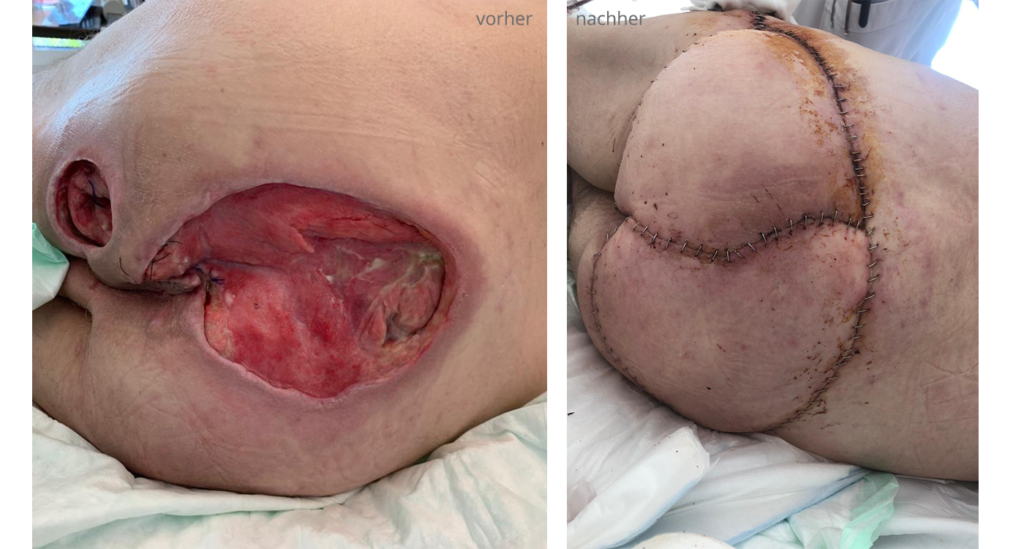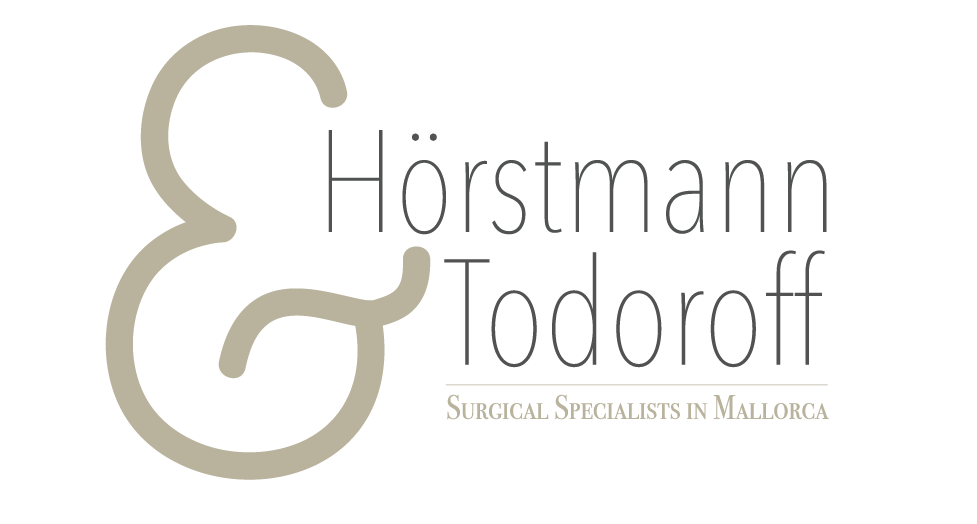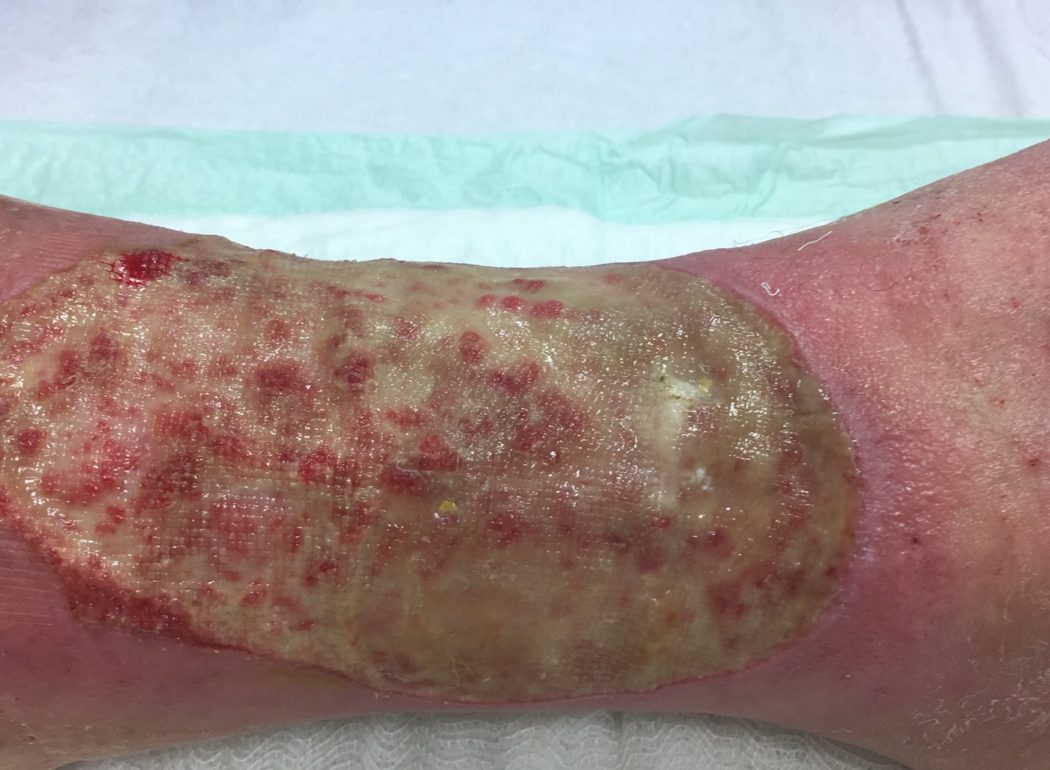Many methods are used in the medical treatment of wound healing disorders. Usually an attempt is first made to heal the wound with special wound dressings and bandages.
The special dressings include:
- Hydrocolloid dressings: They completely close the wound (= occlusive dressings) and include a moist wound environment with swelling particles that bind cell debris and wound fluid and stimulate the formation of new blood vessels.
- Alginate dressings: They contain alginic acids or calcium and sodium ions from brown algae. Together with the wound secretion these form a gel which creates a moist climate for the wound. In addition, alginates have a wound cleansing effect. Each time the dressing is changed, the number of pathogens in the infected wounds is reduced.
Vacuum therapy is a very special wound therapy.
A plastic sponge with a drainage system is placed directly on the wound. The wound is then sealed airtight. An electronically controllable pump is used to generate an adjustable negative pressure. This stimulates the blood circulation in the wound area and thus promotes wound healing.
Maggot therapy, also known as “bio-surgery”, is sometimes used as the last “conservative” therapy.
In the case of poorly healing and chronic wounds (for example in diabetes patients) it is often the last alternative therapy. Here, specially bred, disinfected maggots (mostly those of the gold fly) are used. The maggots are placed either indirectly in gauze bags or directly in the wound as “free runners”. The larvae then suck up dead tissue and pathogens from the wound. The wounds cleaned in this way have the chance to heal better and faster.
If the “conservative” type of wound treatment is unsuccessful, plastic-reconstructive therapy is an option.
Two methods in particular are used to close the wound: the skin flap and the skin graft.
- In skin flap surgery, the skin surrounding the wound and the underlying tissue with blood supply are moved over the wound area, thereby closing the wound surface. In order to achieve optimal blood flow, blood vessels sometimes have to be reconnected micro-surgically.
- During skin transplantation, the body’s own, healthy skin is specially prepared and transplanted onto the wound. The main extraction points are healthy skin areas, especially on the thighs and buttocks.
Self-help with wound healing disorders
With simple measures, the healing of wounds can be promoted and the risk of wound healing disorders can be reduced:
- Correct changing of wound dressings.
- Treatment of co-morbidities, especially diabetes mellitus.
- Avoiding obesity: People who are overweight have been shown to be more prone to wound healing disorders.
- Smokers should quit smoking. Nicotine addiction worsens the blood circulation considerably and impairs wound healing immensely.
- Pay attention to a healthy and varied diet with regard to protein, fats, vitamins and trace elements.
It is essential to put yourself in the hands of competent and experienced practitioners for all these therapies.
Before / After-Photos:
1. Achilles tendon rupture:

2. Decubitus:


